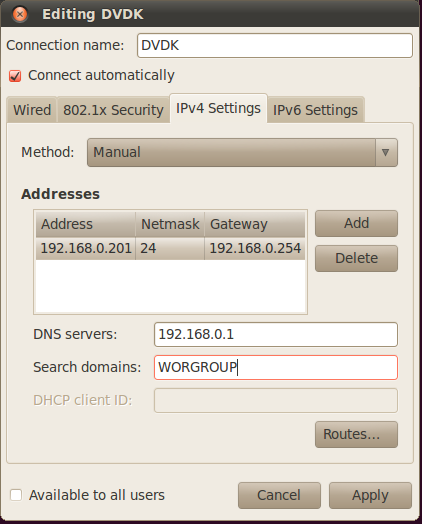

enp0s9 - the interface that is connected to bridge0 on the host, ready for manual configuration.Įxtra interfaces are configured with a higher metric (200) than the default one (100).enp0s8 - the interface that is connected to en0 on the host and which is automatically configured.enp0s3 - the default interface, that the instance can use to reach the outside world and which Multipass uses to communicate with the instance.In the example above, we got the following interfaces inside the instance: $ ping -c1 192.168.1.146 # elsewhere in the same network

$ multipass exec upbeat-whipsnake - ip -br address show scope global Here is an example: $ multipass launch -network en0 -network name=bridge0,mode=manual but a simpler form with only is available for the most common use-case. These properties can be specified in the format =,…. mac - a custom MAC address to use for the device.mode - either auto (the default) or manual with auto, the instance will attempt automatic network configuration.name - the only required value, it identifies the host network to connect the instance’s device to (see networks for possible values).Each use takes an argument specifying the properties of the desired interface: The -network option can be given multiple times, each one requesting an additional network interface (beyond the default one, which is always present). on macOS, with both QEMU and VirtualBox.on Windows, with both Hyper-V and VirtualBox.

And then only in the following scenarios: So, from 17.10 and core 16 onward, except for snapcraft:core16. This is supported only for images with cloud-init support for Version 2 network config, which in turn requires netplan to be installed (inside the instance). That is complemented by the networks command, to find available host networks to bridge with.

Multipass can launch instances with additional network interfaces, via the -network option.


 0 kommentar(er)
0 kommentar(er)
